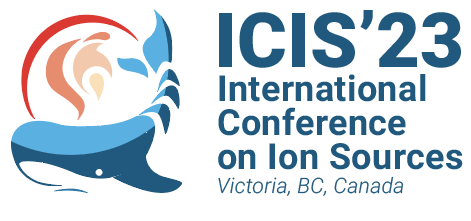Speaker
Description
Some metallic ion beams such as titanium are quite difficult to produce at the intensity level required in order to deliver several particle micro-amperes on target for nuclear physics experiments. At the University of Jyväskylä (JYFL), Matti Nurmia proposed to use organometallic compounds giving birth to the so-called MIVOC method [1]. Ferrocene is the archetype of metallic beams procced via this Method. J Arje, H. Koivisto and their colleagues identified several organometallic compounds that were successfully accelerated at JYFL [1].
In order to make the first prompt spectroscopy of 256Rf (Z=104), an intense metallic 50Ti beam was necessary. This implied chemistry with isotopically enriched compounds. We started to develop MIVOC compounds of titanium-50 (92+%) at the University of Strasbourg. We could successfully prepare pentamethylcyclopentadienyl trimethyl titanium that was accelerated at JYFL cyclotron [2]. This beam was then used in many laboratories such as (GANIL, RIKEN, DUBNA), leading to significant improvement of our process. This was the start of 15 years of isotopically enriched MIVOC compound preparations leading to rather intense and versatile isotopic beams of titanium vanadium and chromium.
It is proposed in a first part of this presentation to detail the MIVOC developments done and ongoing in Strasbourg. A special focus will then be given to the limitations observed for very high intensity metallic beams. The last part of the talk will be devoted to the development of an inductive oven performed in order to feed the ECR plasma directly with metallic vapors.
[1] H. Koivisto et al., NIM B 187 (2002)111,
[2] J. Rubert et al., Nucl. Instr. & Meth. Phys. Res. B 276 (2012) 33–37.
| Funding Agency | Université de Strasbourg, USIAS, IPHC UMR 7178, |
|---|---|
| Email Address | benoit.gall@iphc.cnrs.fr |

